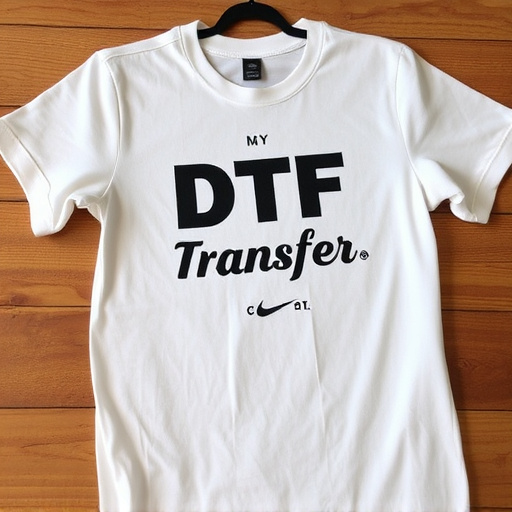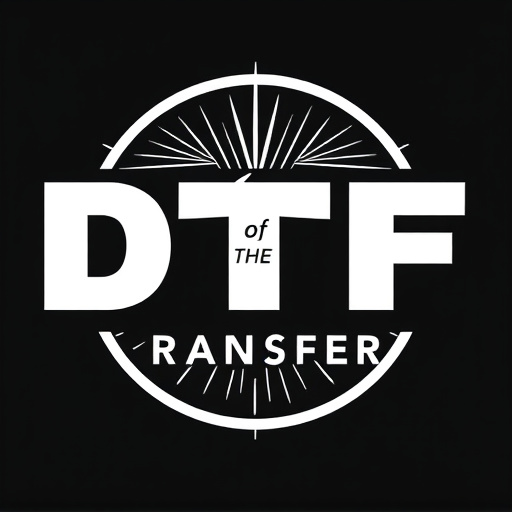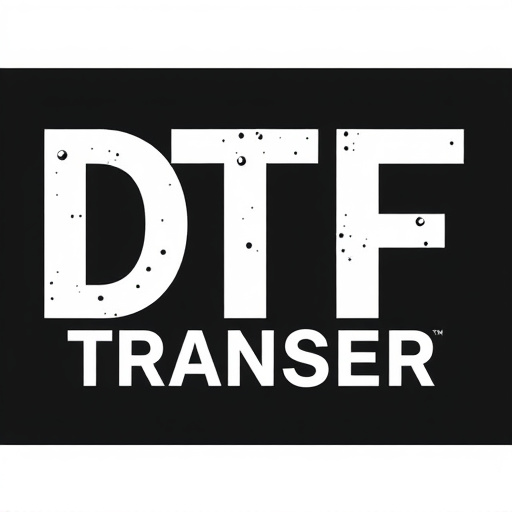Before launching a direct-to-film (DTF) transfer company, conduct thorough market research analyzing competitors, current trends, customer preferences, and the health of the DTF Printing market. Identify your target market and develop a robust business plan outlining mission, vision, goals, equipment needs, facilities, and personnel. Invest in high-quality DTF printers with advanced features and reliable ink systems to meet varied client needs. Select an optimal location for your studio that balances demand and low competition. Focus marketing efforts on highlighting DTF Printing's unique advantages through digital platforms, networking, and strategic partnerships. Implement rigorous quality control processes, stay updated on technological advancements, and explore related industries like 3D printing for future growth.
Establishing a direct-to-film (DTF) transfer company offers a unique opportunity in the growing print-on-demand market. This comprehensive guide navigates the process from market research to future growth, focusing on DTF Printing. First, understand industry dynamics through thorough market analysis. Next, craft a solid business plan and strategize for success. Choose advanced equipment, set up an ideal studio location, and build a targeted client base. Ensure quality control, address legal considerations, and plan for expansion to capitalize on the evolving demand for DTF Printing services.
- Market Research and Understanding the DTF Printing Industry
- Business Planning and Strategy for Success
- Equipment and Technology: Choosing the Right Printers
- Location Selection and Setting Up Your Studio
- Marketing and Building a Client Base
- Quality Control, Legal Considerations, and Future Growth
Market Research and Understanding the DTF Printing Industry
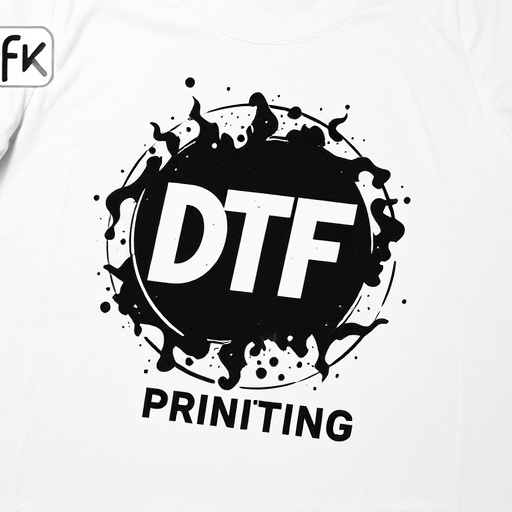
Before launching a direct-to-film (DTF) transfer company, conducting thorough market research is paramount to understanding the industry’s dynamics and identifying opportunities. DTF Printing has seen significant growth in recent years, driven by advancements in technology and the demand for high-quality, custom-designed merchandise. This process involves analyzing competitors, current trends, customer preferences, and the overall health of the market. By studying successful DTF businesses, you can gain insights into pricing strategies, target demographics, and marketing approaches that are proven to work.
Understanding the DTF Printing industry means recognizing its niche within the broader print-on-demand sector. It involves exploring the types of products most in demand (t-shirts, mugs, phone cases, etc.), the technologies used for printing (DTF, DTG, screen printing), and the challenges faced by both manufacturers and consumers. This knowledge will help you position your company effectively, cater to specific needs, and offer innovative solutions that set you apart from competitors.
Business Planning and Strategy for Success
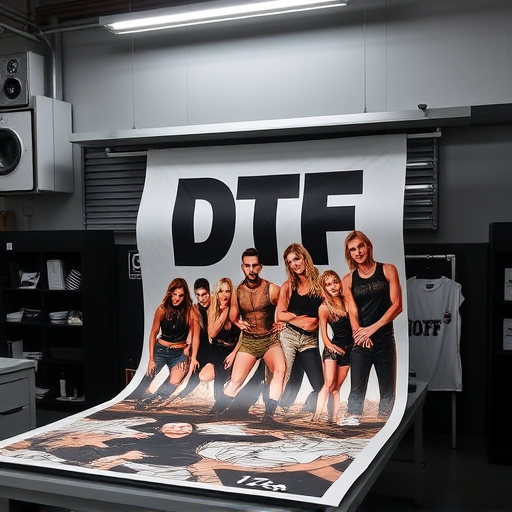
Starting a direct-to-film (DTF) transfer company requires meticulous planning and a solid strategy to ensure success in this competitive market. The first step is to define your niche and target audience; whether it’s specializing in custom DTF printing for small businesses, event branding, or creating unique merchandise, a focused approach can set you apart. Conduct thorough market research to understand the demand for DTF services in your region and identify potential competitors. This analysis will help determine pricing strategies, service offerings, and marketing approaches.
A comprehensive business plan is essential. Outline your company’s mission, vision, and goals, including short-term milestones and long-term objectives. Detail the equipment, facilities, and personnel needed to deliver high-quality DTF printing services. Consider partnerships or collaborations with local businesses or artists to enhance your reach and service offerings. Regularly review and adapt your strategy based on market trends, customer feedback, and performance metrics to stay ahead in the industry.
Equipment and Technology: Choosing the Right Printers
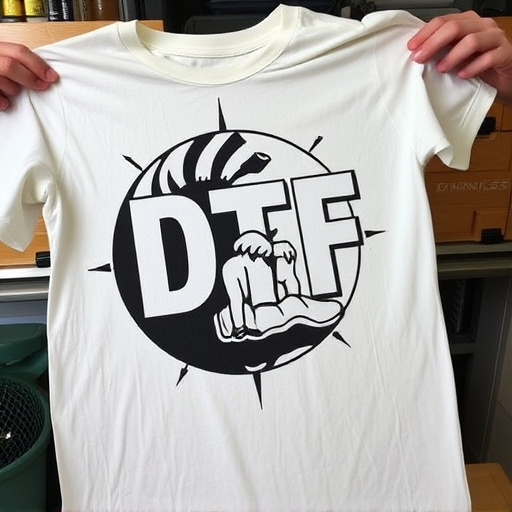
When establishing a direct-to-film (DTF) transfer company, investing in the right equipment and technology is paramount to success. The core component here is high-quality DTF printers capable of producing vibrant, detailed prints on various materials, from t-shirts to mugs. Look for printers that offer excellent color accuracy, resolution, and ink consistency, as these features directly impact the final product’s quality.
Consider factors like print speed, ease of use, and maintenance requirements when making your selection. Modern DTF printers often come with user-friendly interfaces, auto-feeding systems, and integrated cutting mechanisms, streamlining the production process. Additionally, investing in a reliable ink system and a diverse range of compatible materials will ensure you can cater to a wide array of client needs, from promotional items to custom apparel.
Location Selection and Setting Up Your Studio
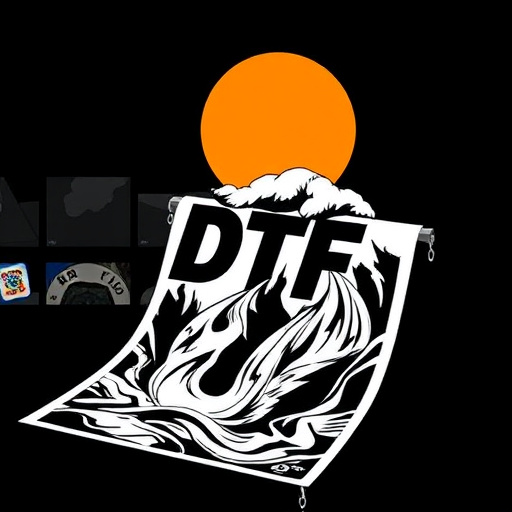
When establishing a direct-to-film (DTF) transfer company, choosing the right location is paramount. Look for areas with low competition but high demand for print services, such as industrial zones or business hubs. Proximity to suppliers and potential clients can significantly enhance operational efficiency. Additionally, consider local regulations regarding printing activities to ensure compliance from the outset.
Setting up your studio involves creating a dedicated space equipped with state-of-the-art DTF printing machinery. Ensure ample room for storage, as well as areas for preparation and quality control. Invest in high-quality materials and tools to meet industry standards and cater to diverse client needs. A well-organized, functional studio is the backbone of your successful DTF printing business.
Marketing and Building a Client Base
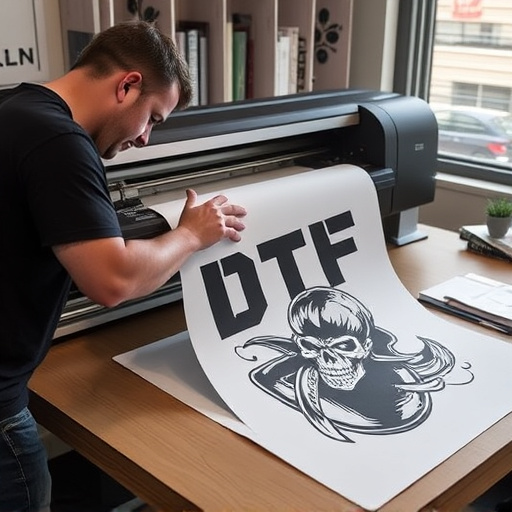
Establishing a strong client base is paramount for the success of your direct-to-film (DTF) transfer company. Marketing strategies should focus on highlighting the unique benefits of DTF Printing, such as vibrant colors, durability, and versatility in applications like signage, packaging, and apparel. Utilize digital platforms effectively by creating engaging content showcasing your work, sharing client testimonials, and running targeted ads to reach potential customers in your local area or specific industries.
Networking within relevant communities, attending trade shows, and partnering with complementary businesses can also expand your reach. Building relationships with designers, printers, and marketing agencies will open doors to collaborations and referrals. Offering samples, discounts for new clients, and exceptional customer service will encourage word-of-mouth recommendations, a powerful tool in the competitive printing industry.
Quality Control, Legal Considerations, and Future Growth
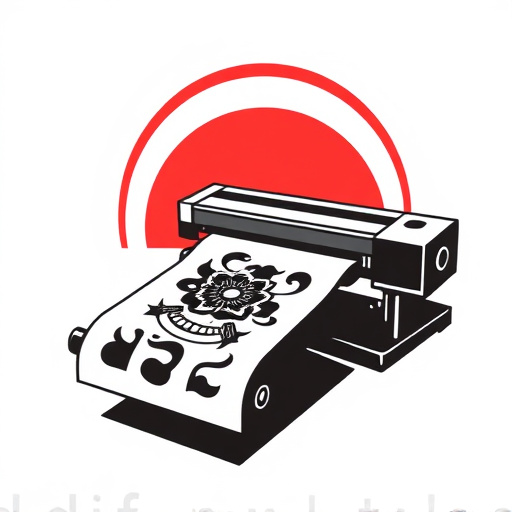
Quality Control:
Implementing robust quality control (QC) measures is paramount for a successful direct-to-film (DTF) transfer company. Before releasing any print, meticulous inspection processes should be in place to ensure consistency and excellence. This involves checking color accuracy, image resolution, and proper film alignment. Advanced QC software can automate parts of this process, but human expertise remains invaluable for complex cases. Regular training sessions for your team on the latest DTF Printing techniques and equipment will help maintain high standards.
Legal Considerations:
Navigating legal aspects is crucial in the print industry to avoid copyright infringements and ensure compliance with data protection laws. For DTF transfers, this means understanding licensing rights, especially when dealing with copyrighted material. Consultations with legal experts can provide guidance on fair use policies and help establish protocols for obtaining necessary permissions. Additionally, implementing secure data storage practices is essential to protect customer information and maintain trust.
Future Growth:
The future of DTF Printing looks promising as technology advances and demand continues to grow. To capitalize on this, your company should stay updated with the latest innovations. This might involve investing in cutting-edge equipment, expanding your service offerings (e.g., specialty inks, unique film types), or diversifying into related industries like 3D printing. Market research can reveal emerging trends and customer preferences, enabling you to anticipate and meet future demands effectively.


